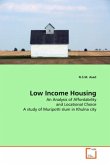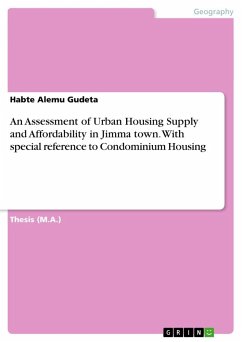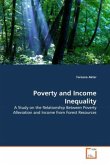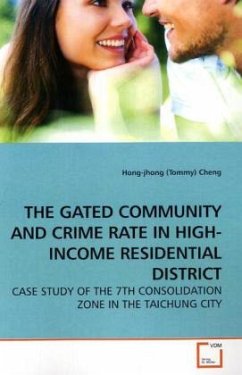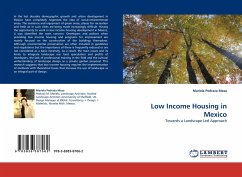This study tries to identify the affordability status of tenants who are living in planned residential area of Bangladesh. Tenants have to pay a significant amount of money for the house rent but they must have to meet the other basic needs like food, clothes, hospitality or health and education. When households have to spend more money for housing purpose then it causes deficiency in consumption of non-housing items. This study based on rent-income ratio has defined those households unaffordable who are spending more than 30% of their total income for housing. With a case study on Nirala residential area at Khulna expresses that about two third of the people living in planned residential area are not affordable; they have to spend more beyond their limit. From the study government can recognize the problem and develop the appropriate strategies that can promote affordable housing for the major urban dwellers in Bangladesh who are living in rental housing.
Bitte wählen Sie Ihr Anliegen aus.
Rechnungen
Retourenschein anfordern
Bestellstatus
Storno


